10 Best Herbal Decoctions For Period Cramps
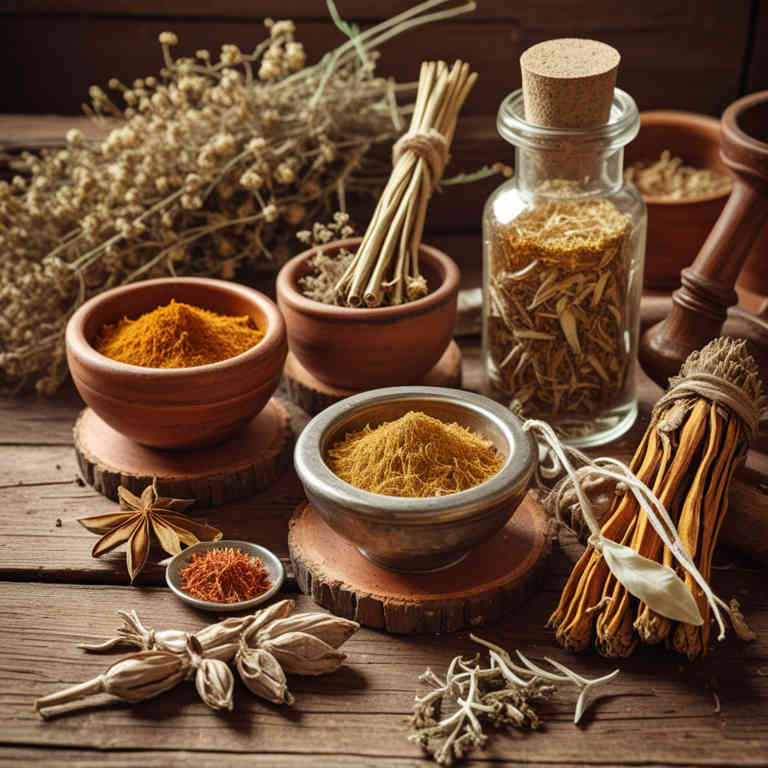
Herbal decoctions have been traditionally used to alleviate the discomfort of period cramps by harnessing the anti-inflammatory and analgesic properties of various herbs.
Commonly used herbs include ginger, cramp bark, chamomile, and raspberry leaf, each contributing unique benefits to ease menstrual pain. These decoctions are typically prepared by simmering the dried herbs in water for an extended period to extract their active compounds. They are often preferred for their natural, holistic approach and can be customized based on individual needs and constitution.
However, it is important to consult with a healthcare provider before using herbal remedies, especially for those with existing medical conditions or who are taking other medications.
FREE Herb Drying Checklist
How to make sure every batch retains maximum flavor, color, and aroma without the risk of mold or over-drying. Eliminate guesswork and trial-and-error, making herb drying faster, easier, and more efficient every time.
Table of Contents
1. Vitex agnus-castus

Vitex agnus-castus, commonly known as chaste tree berry, has been traditionally used in herbal medicine to support hormonal balance and alleviate menstrual discomfort.
Herbal decoctions made from vitex agnus-castus are often prepared by simmering the dried berries in water for several hours, allowing the active compounds to infuse into the liquid. These decoctions are believed to help regulate menstrual cycles and reduce symptoms such as cramps, bloating, and mood swings associated with premenstrual syndrome. The herb is thought to influence the pituitary gland and support the production of luteinizing hormone, which in turn may affect progesterone levels.
While generally considered safe when used as directed, it is important to consult a healthcare provider before starting any herbal regimen, especially for those with existing medical conditions or taking other medications.
2. Curcuma longa
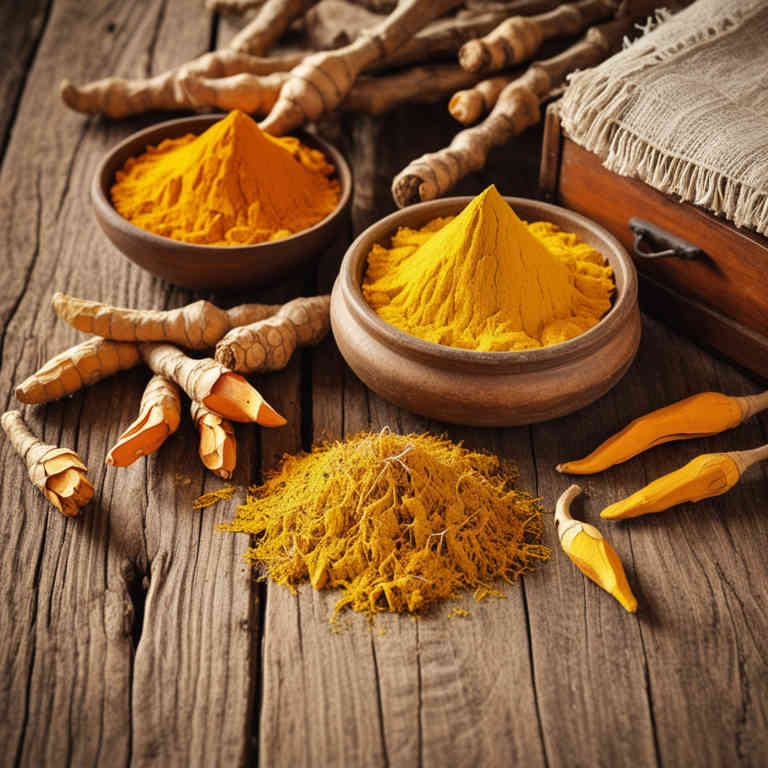
Curcuma longa, commonly known as turmeric, has been traditionally used in herbal medicine for its anti-inflammatory and pain-relieving properties.
When prepared as a herbal decoction, curcuma longa can help alleviate the discomfort associated with period cramps by reducing uterine inflammation and muscle spasms. The active compound, curcumin, is believed to inhibit the production of prostaglandins, which are responsible for uterine contractions and pain during menstruation. To prepare the decoction, turmeric root is typically boiled in water for several minutes, then strained and consumed as a tea.
While generally considered safe, it is advisable to consult a healthcare provider before using turmeric decoctions, especially for individuals with digestive sensitivities or those taking other medications.
3. Cimicifuga racemosa
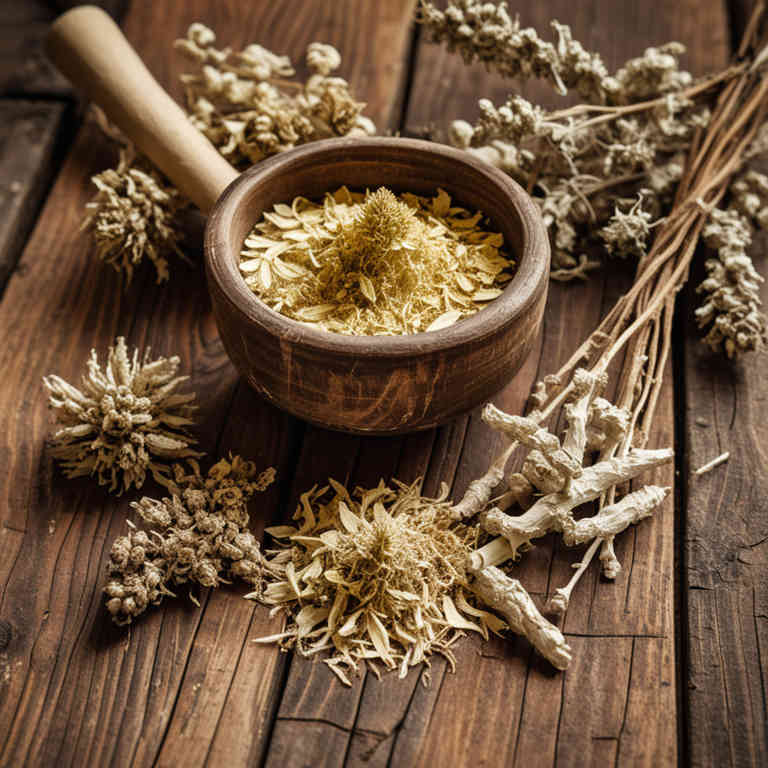
Cimicifuga racemosa, commonly known as black cohosh, is a widely used herbal remedy for alleviating period cramps and menstrual discomfort.
Its decoctions, made by boiling the root of the plant, are believed to help reduce uterine spasms and ease menstrual pain by influencing hormonal balance and muscle relaxation. Traditional use in herbal medicine suggests that it may help regulate menstrual flow and reduce associated symptoms such as bloating and mood swings. While some studies support its efficacy for mild to moderate dysmenorrhea, it is important to consult a healthcare provider before use, especially for women with hormonal conditions or those taking other medications.
As with any herbal treatment, dosage and preparation methods can vary, and quality control of herbal products is essential to ensure safety and effectiveness.
4. Urtica dioica
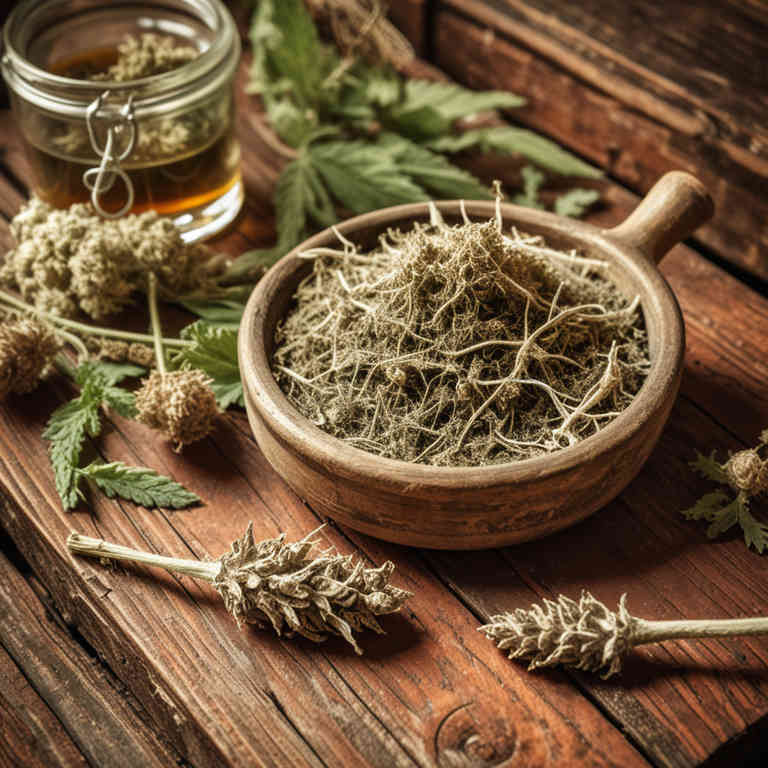
Urtica dioica, commonly known as stinging nettle, has been traditionally used in herbal medicine for its potential to alleviate period cramps.
When prepared as a herbal decoction, stinging nettle is typically simmered in water to extract its beneficial compounds, including vitamins, minerals, and anti-inflammatory agents. This decoction is believed to help reduce uterine inflammation and ease menstrual discomfort by supporting hormonal balance and improving circulation. Some studies suggest that the high content of iron and magnesium in stinging nettle may contribute to its effectiveness in缓解 menstrual symptoms.
However, it is important to consult with a healthcare provider before using stinging nettle decoctions, especially for individuals with bleeding disorders or those taking blood-thinning medications.
5. Rosa canina

Rosa canina, commonly known as rosehip, is a traditional herbal remedy used to alleviate period cramps due to its high content of anti-inflammatory and antioxidant compounds.
The herbal decoction is prepared by simmering dried rosehip fruits in water, allowing the beneficial compounds to infuse into the liquid. This preparation is often consumed as a warm tea to help ease uterine discomfort and reduce inflammation associated with menstrual cycles. Rosa canina is believed to support hormonal balance and improve overall menstrual health.
While it is generally considered safe, individuals should consult with a healthcare provider before using it, especially if they have underlying health conditions or are taking other medications.
6. Paeonia lactiflora

Paeonia lactiflora, commonly known as the peony, has been traditionally used in herbal medicine for its soothing properties, particularly for alleviating period cramps.
Herbal decoctions made from the roots of Paeonia lactiflora are believed to help reduce menstrual pain by promoting blood circulation and easing uterine contractions. These decoctions are often prepared by simmering the dried roots in water for several hours, resulting in a nourishing and calming tea. The active compounds in peony root, such as paeoniflorin, are thought to have anti-inflammatory and analgesic effects that support menstrual health.
While generally considered safe, it is advisable to consult with a healthcare provider before using peony-based remedies, especially for those with existing medical conditions or who are pregnant.
7. Zingiber officinale
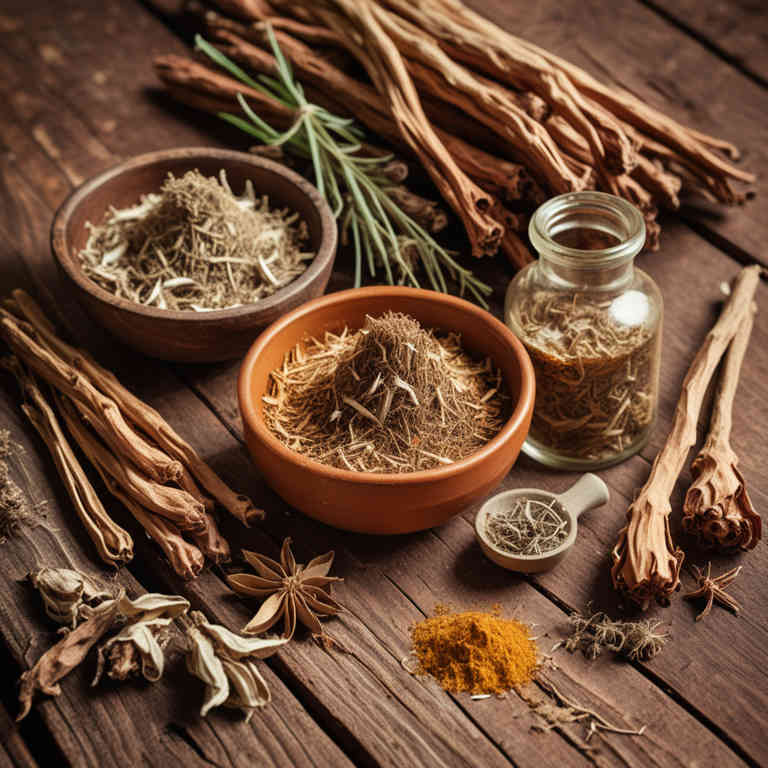
Zingiber officinale, commonly known as ginger, has been traditionally used for its therapeutic properties in alleviating period cramps.
Herbal decoctions made from fresh or dried ginger root are often prepared by simmering the root in water to extract its active compounds, such as gingerol and shogaol. These compounds possess anti-inflammatory and analgesic effects that can help reduce menstrual pain and discomfort. Ginger decoctions are typically consumed as a warm tea or added to meals, offering a natural and safe alternative for managing cramps without the side effects of pharmaceuticals.
Studies suggest that regular consumption of ginger may improve menstrual flow and reduce the severity of cramps, making it a popular remedy in herbal medicine.
8. Nymphaea alba
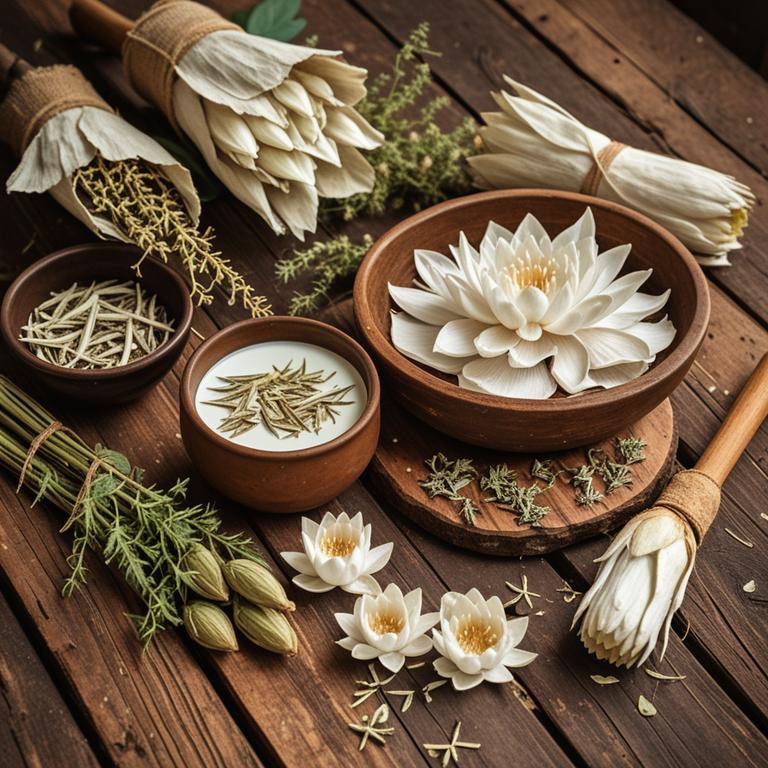
Nymphaea alba, commonly known as the white water lily, has been traditionally used in herbal medicine for its potential soothing effects on menstrual discomfort.
Herbal decoctions made from the roots and leaves of Nymphaea alba are believed to help alleviate period cramps by promoting uterine relaxation and reducing inflammation. The active compounds in the plant, such as alkaloids and flavonoids, may contribute to its analgesic and antispasmodic properties. Preparation involves simmering the dried plant material in water for several minutes to extract its beneficial compounds.
While some studies suggest its efficacy, it is important to consult a healthcare provider before using Nymphaea alba as a remedy, especially for those with existing medical conditions or taking other medications.
9. Salvia officinalis
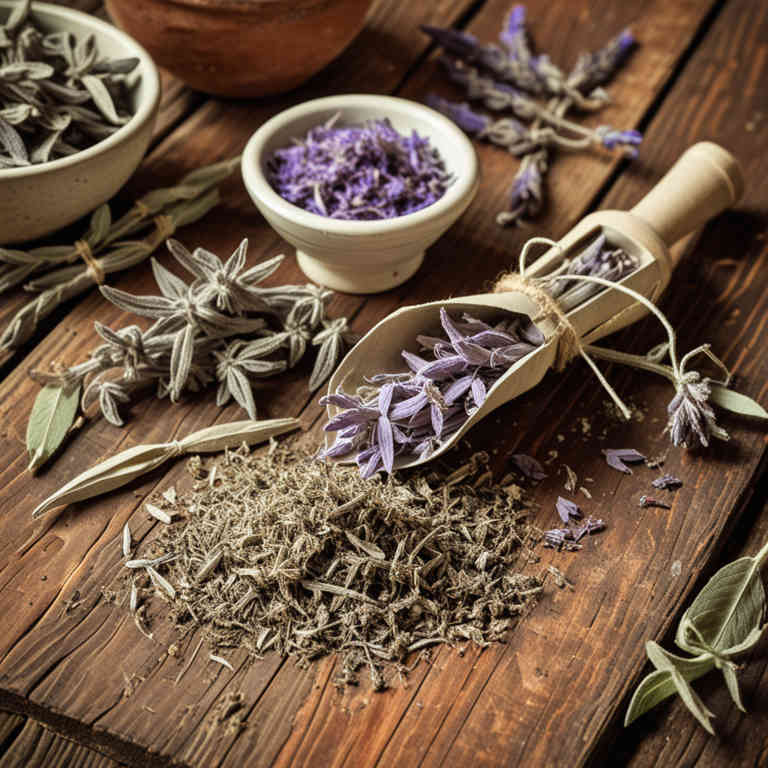
Salvia officinalis, commonly known as sage, has been traditionally used in herbal medicine to alleviate symptoms associated with menstrual cramps.
When prepared as a decoction, sage contains compounds such as rosmarinic acid and flavonoids, which possess anti-inflammatory and antispasmodic properties. This herbal remedy is believed to help reduce uterine contractions and ease pain during menstruation. To prepare a sage decoction, the dried leaves are simmered in water for several minutes, then strained and consumed.
While sage may offer some relief for period cramps, it is important to consult a healthcare professional before using it, especially for individuals with hormonal imbalances or those taking other medications.
10. Equisetum arvense
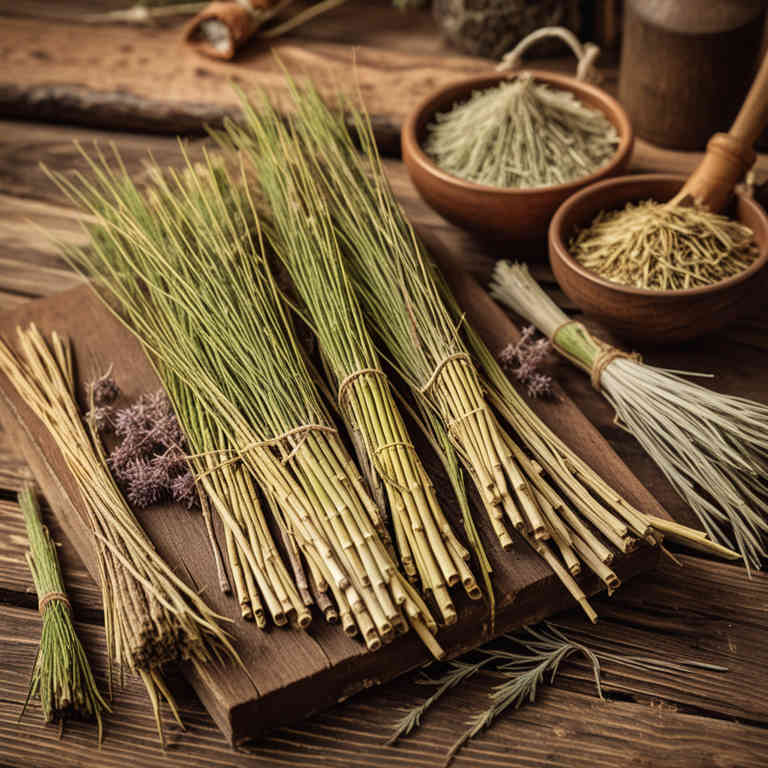
Equisetum arvense, commonly known as field horsetail, has been traditionally used in herbal medicine for its diuretic and anti-inflammatory properties.
When prepared as a herbal decoction, it involves simmering the dried plant material in water for an extended period to extract its active compounds. This decoction is believed to help alleviate symptoms of period cramps by reducing uterine inflammation and promoting the elimination of excess fluids from the body. However, it is important to note that while some individuals may find relief from its use, scientific evidence supporting its efficacy for menstrual pain is limited.
As with any herbal remedy, it should be used under the guidance of a qualified healthcare provider to ensure safety and appropriateness for individual health conditions.